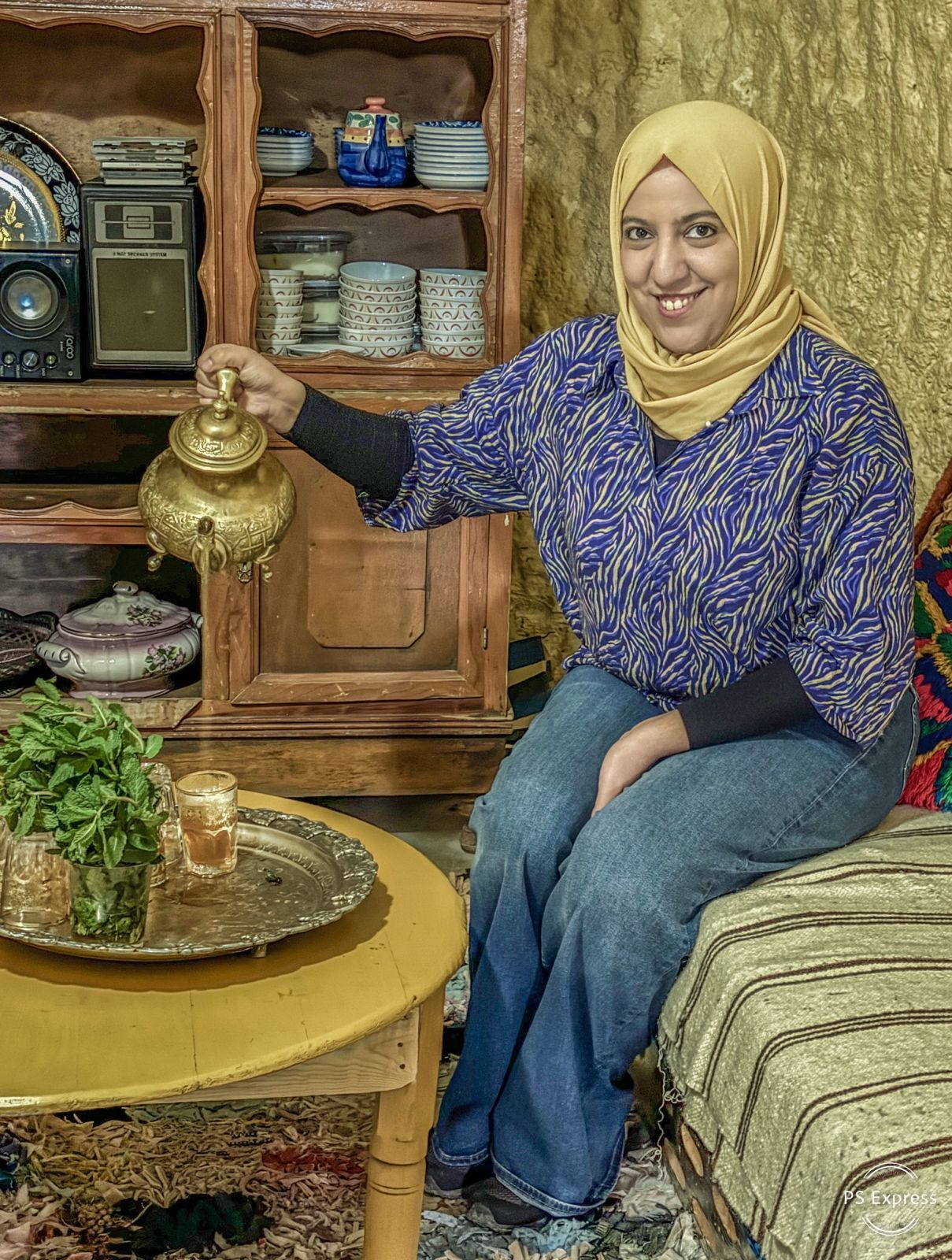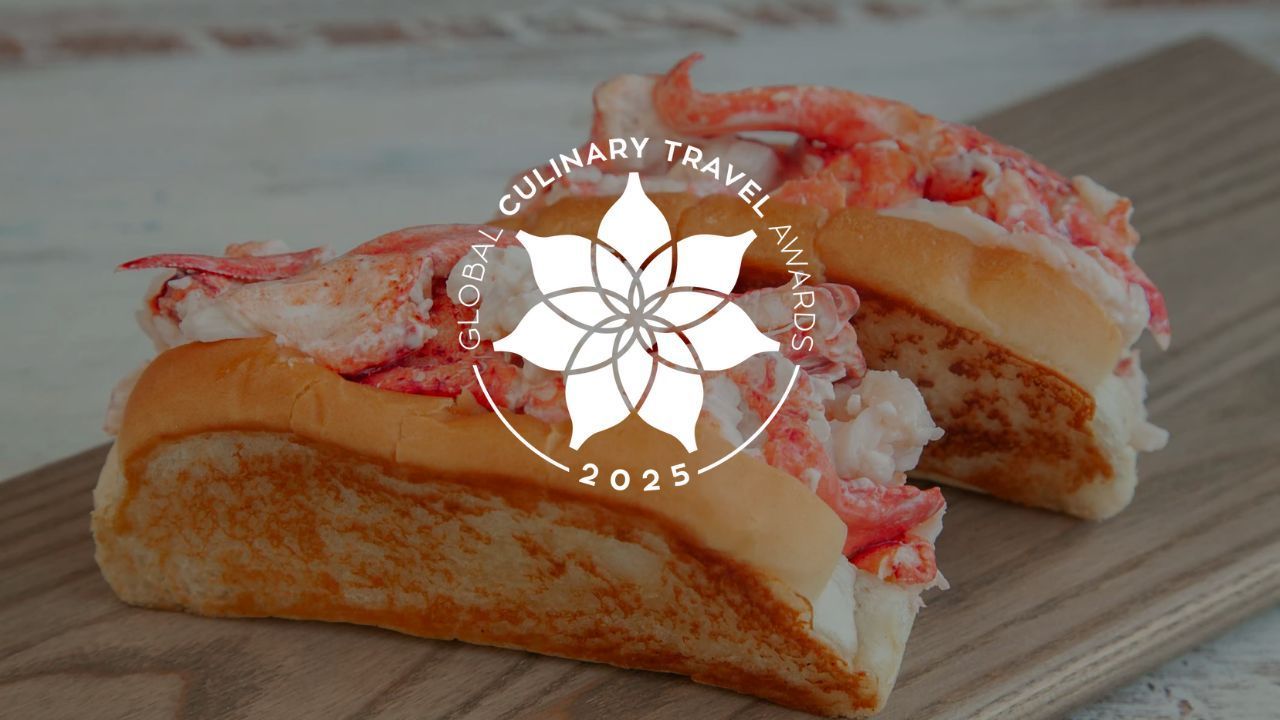My Experience as a Food Lover in Sweden
by Parinaz Naji
When you hear Sweden, you immediately think of two things: IKEA and meatballs. You are not wrong, but that’s not all there is.
In my experience as an international student coming from Iran, there are many differences in the Swedish culinary culture. These facts are both interesting and somehow shocking when you first come across them. In this blog post I am going to tell you about some lesser-known Swedish dishes, some Swedish food festivals, how they love sweets and some interesting facts about it, their fika tradition, and how they promote green cuisine.
Four lesser-known delicious Swedish dishes
Despite being less famous than ABBA, IKEA, or Swedish meatballs, these dishes are very Swedish. Here we learn a little bit more about these dishes.
- Potato pancake (‘Raggmunk’): In Sweden, ‘raggmunk’ is a kind of shallow-fried potato pancake that's well known as one of the culinary masterpieces. In true Swedish style, a ‘raggmunk’ has to be served with fried salted pork and lingonberries. If you like to make this delicious pancake you can follow this recipe.
- Toast Skagen: A further Swedish staple is ‘Skagenröra’, which is often spread on Toast Skagen. This is a classic salad of fresh prawns, mayonnaise, dill and red onion.
- Janssons Frestelse: This timeless Swedish casserole contains potatoes, onions, pickled sprats, breadcrumbs and lots of cream. This dish, known as Janssons Frestelse, literally translates as Jansson's Temptation. The dish is served as part of the Swedish Christmas buffet, and sometimes during Easter.
- Wallenbergare: In a nutshell, the Wallenbergare is a distinctively Swedish version of the American hamburger. In order to keep the patty light on the inside and barely brown on the outside, it's made of ground veal, cream, egg yolks, salt, pepper, and breadcrumbs. In addition to boiled or mashed potatoes, green peas and gravy, the dish is frequently served with lingonberry jam.
Swedish Food Festivals
Food and drink festivals in Sweden allow you to explore Sweden and its culture through your sense of taste. A variety of culinary themes are presented at the event, from traditional Swedish recipes and freshly harvested local produce to elegant dining options prepared by top chefs. Sustainability and innovation are two of the most prominent themes.
You'll have plenty of choices regardless of when you visit, where you go, or what sort of festival you're looking for. You can find a wide selection of food festivals in Stockholm, including a cheese festival, attend the classic and popular festivals like the Kivik Apple Market, or attend one of the many beer festivals in Gothenburg. If you're feeling adventurous, you can even try something different, like a wild boar festival, a harvest market at a castle, a bike tour through a small food market or even a gin and tonic festival at a historic estate.
Swedes love sweets
If you have a sweet tooth as well, then you should definitely give Sweden a visit. They love sweets so much that they have specific calendar days designated to the celebration of particular sugary specialties.
For instance, Cinnamon Bun Day (‘kanelbullens dag’) is celebrated on the 4th of October. Waffles day (‘våfflor’) is on the 25th of March. Buns filled with cream and almond paste known as Semlor are eaten on Shrove Thuesday or ‘Fat Tuesday’ (‘fettisdagen’), the day before Ash Wednesday (‘askonsdagen’) - the first day of Lent. Semla is my favorite so far 🙂.
There is also a drink called Glögg, which is a special, sugared and simmered red wine. People consume this beverage almost exclusively during the Christmas season.
Having calendar days designated after sweets is something really interesting and creative, and it’s something we don’t have in Iran. In my opinion, it's a creative way to inform everyone about your traditional foods, savories, drinks, and this way your traditions can always be upheld.
Fika Tradition & kafferep
What is most interesting to me is that they are always up to grab a coffee and sweets. This is called Fika in Swedish, meaning a moment to slow down and appreciate the good things in life while having a coffee with a friend, which in my opinion is really nice. It actually helps to be more productive and practical throughout the day. As it’s known, the fika custom is an integral part of the cultural heritage of Sweden. Kafferep is its predecessor that comes with seven kinds of Swedish cookies. During the early 20th century, women mainly remained at home while men went out to work, so the kafferep was a great opportunity for them to socialise and display their culinary skills. Events like these were relatively private affairs, attended mostly by close friends.
The seven cookies are:
- Brussels cookies (‘Brysselkakor’)
- Chocolate slices (‘Chokladsnittar’)
- Dreams (‘Drömmar’)
- Raspberry caves (‘Hallongrottor’)
- Oat biscuits (‘Havrekakor’)
- Nut biscuits (‘Nötkakor’)
- Chessboards (‘Schackrutor’)
I have to say drinking this much coffee and eating so many sweets are not that common in Iran, so this was something relatively new for me. However, we drink tea all day and night. So, we are also addicted to caffeine, but of a different sort 😀
Green Cuisine
In general, Sweden takes an active role in promoting green cuisine and sustainability. Today, Swedes aim to eat as naturally as possible in an effort to safeguard their health and the environment. Increasing attention is being paid to ethical food production and animal welfare. Consequently, organic produce is becoming more popular and many supermarkets are now selling products from nearby farms. Swedish consumers are also very interested in farm-to-table food. As the climate crisis deepens, many people are striving to adopt eco-friendly, sustainable eating habits with zero waste. The situation is not exceptional in Sweden either. In fact, the Swedish kitchens of the future are believed to be zero waste.
I bet you never imagined Sweden had such a vast variety of cuisines. Well, you aren't the only one. Neither did I. Before arriving in Sweden, I hadn't given it much thought, but once I started exploring, I realized there are so many great foods and histories involved. Unfortunately, not everyone will ever get the chance to visit another country to experience their food culture. Therefore, a blog post such as this can help others become familiar with different cultures, or perhaps help someone plan their next trip. Thus, I encourage you to do the same about the food culture of your hometown, or where you have lived before. By doing so, we will all be able to learn more about all corners of the world, and plan our next trip more efficiently 🙂
Ha en bra resa till Sverige.











